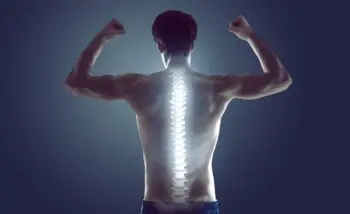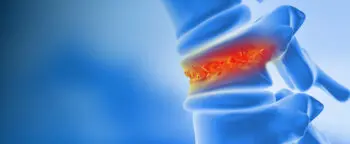The Complex Nature of Low Back Pain
One of the primary challenges in treating low back pain is accurately identifying its source. As Dr. David Polly, Chief of Spine Surgery at the University of Minnesota, explains, this pain can stem from the spine, hips, or sacroiliac (SI) joint, each requiring different treatment approaches. The SI joint, which connects the sacrum of the low back to the ilium of the pelvis, may only move 1 to 3 degrees, but this limited motion can still cause significant discomfort if problematic.
Diagnostic Approaches
A sophisticated physical exam and often selective injections are essential tools for diagnosing the origin of low back pain. Initial diagnostic steps typically include plain-film X-rays, progressing to more sophisticated imaging such as an MRI, and then image-guided injections if needed. These methods help pinpoint whether the pain is coming from the spine, hips, or SI joint, thereby informing the most appropriate treatment. There are times when more than one area is problematic. Overlapping symptoms are common, and prioritizing pain generators is a necessary step in guiding treatment options.
SI Joint Treatments
Non-operative treatments for SI joint dysfunction include activity modification, physical therapy, stretching, local injections, and medications. For the majority of patients with SI joint pain, non-operative treatments work well. When non-operative treatments fail, surgical interventions like SI joint fusion can offer relief. Dr. Polly notes that minimally invasive techniques have revolutionized this surgery, reducing collateral damage and improving recovery times compared to older, more invasive methods. Identifying the right candidates for surgery involves a thorough assessment of their medical history, physical exam findings, and response to non-operative treatments.
Special Considerations for Women
Special considerations exist for women, particularly due to hormonal changes during pregnancy that can leave ligaments permanently looser and more prone to issues of the pelvis, including the SI joints. Postpartum women experiencing SI joint problems may find relief through specialized physical therapy focusing on pelvic girdle pain and ligament strengthening. For all patients, ensuring you are under the care of a highly trained and experienced surgeon is crucial for optimal outcomes.
Advancements in Spinal Care
Ultimately, modern advancements in spinal care offer hope to patients suffering from debilitating lower back and SI joint pain. Thanks to experts like Dr. David Polly, effective treatments are available that can significantly improve quality of life. For more detailed insights, watch the full discussion on “Is My Back Pain Actually Hip Pain? What You Need to Know About the SI Joint” and start your journey to a pain-free life by understanding your pain’s true source and seeking the right treatment.



